We understand that communities and cities are concerned about understanding the needs of their minority and disadvantaged residents. They want to be confident that they are included in their city satisfaction surveys; thus, including their responses in surveys is important.
It used to be very hard to find these residents in survey research. We had to take special care and use different methods to capture their opinions.
Those days are gone.
The latest digital trends impact how we survey these residents
According to Pew Research, as reported by Statista, the penetration of smartphone usage in 2021 was similar across different ethnic and minority groups. Even the older population adopts smartphones at an increasing rate. A separate Statista report shows that in 2021, 61% of people over the age of 65 were using smartphones – and increasing at a rate of 7 to 8 percentage points a year. In addition, Pew Research also reports that in 2021, 76% of those making less than $30,000 per year have smartphones – and this increases 4% to 5% per year.
These figures suggest that mobile surveys are not only a valid option for capturing opinions from a broader, more representative audience; they may be the best way.

Of course, there is some common sense with this as well. Who do you know who enjoys sitting down to take a paper survey? Who even does that anyway? Yet, we are all on our phones. Even these typically hard-to-reach residents are on their phones.
In short, we need to go where they are and use the communication tools they use.
Unfortunately, many government agencies and city governments still use telephone and mail surveys to find these respondents due to a mistaken belief that these modes are required to find these hard-to-find respondents. When, in fact, these modes make it more difficult to capture a representative sample of these hard-to-reach respondents. And, of course, these modes have a number of methodological problems that we won’t go into here.
Designing mobile surveys takes more care
No one wants to take a monotonous, boring survey (which describes most paper surveys). And we know our audience has many more distractions than just a few years ago. Therefore, designing even online surveys as we did just a few years ago won’t work. We need to design them specifically for a smartphone.
Most online and even mobile surveys are still designed for a computer, not a smartphone. If we want smartphone users to take surveys, we must consider the layout and design the survey specifically for a smartphone.
Also, those with smartphones tend to have much higher expectations for an easy and intuitive user interface. Lots of grids of 5-point scales are not the most fun surveys to take. Many options exist beyond these batteries of scales. Besides, humans don’t make decisions on 5-point scales. They make choices. See our video on the 5 Biggest Problems with Scales.
A good smartphone design requires simplifying the user interface and avoiding overly complicated layouts. A good rule of thumb is to keep the survey brief, with clear questions that are genuinely engaging, understandable, and easy to answer.
Is your community still relying primarily on mail surveys? Are you relying on vendors who still execute their surveys the same way as back in the 1990’s? The good news is that utilizing smartphones in combination with additional methods will provide better data faster and at a lower cost. What’s not to like?


